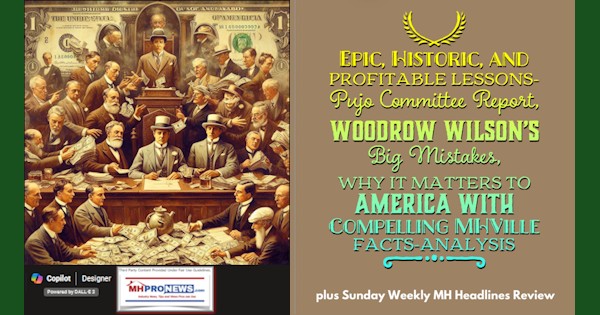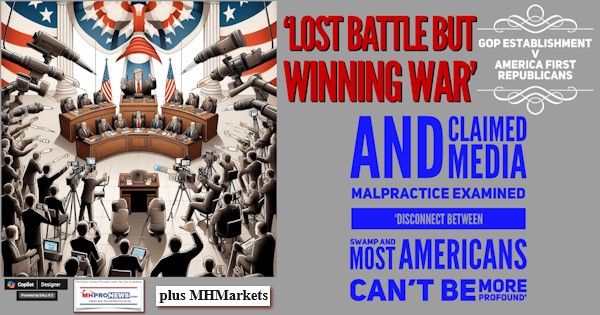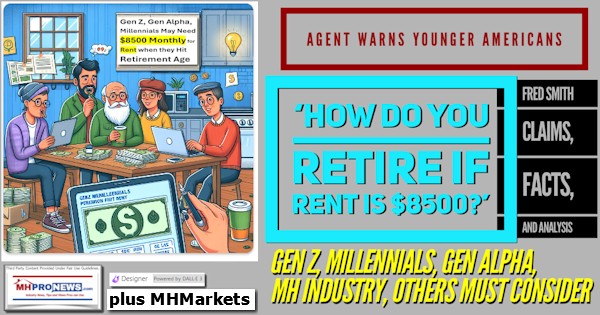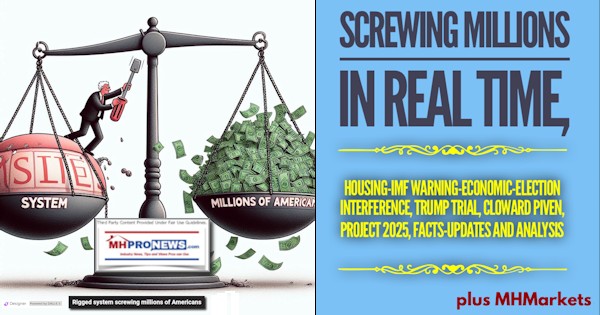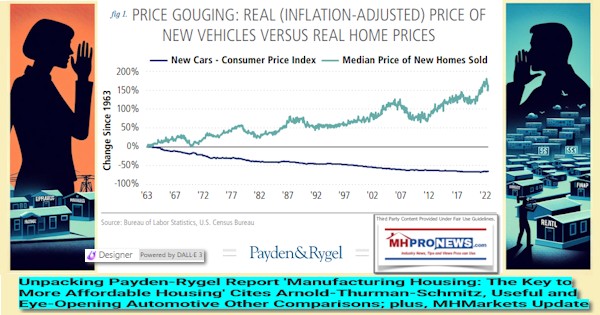
The report continues, “The final month of 2014 beat economists’ expectations, a good sign for the labor market in 2015. After falling from 5.8 percent, the jobless rate is now the lowest since June 2008.” In addition, the economy created an average of 289,000 jobs over the past three months, one of the best streaks on record.
The Hill tells MHProNews that Speaker John Boehner (R-Ohio) said, “It’s always welcome news when more Americans find work. Yet while the economy is showing some signs of improvement, far too many middle-class families are struggling to bridge the gap between rising costs and stubbornly flat paychecks.”
Jason Furman, chairman of the White House’s Council of Economic Advisers, said “The unemployment rate fell at the fastest pace in three decades. The private sector has added 11.2 million jobs over 58 straight months of job growth, extending the longest streak on record.”
Furman also announced that although nominal wages fell in December, inflation-adjusted wages have generally been rising, and job growth has picked up in sectors that traditionally provide good, middle class jobs.
And still another voice joined in the jubilation. “Today’s jobs report was very strong and shows the labor market is maturing and the economy is performing soundly,” said Jack Kleinhenz, chief economist of the National Retail Federation.
Yet there are some people who are not excited about those numbers and find some areas of discouragement. Breitbart News says that a record 92,898,000 Americans 16 years and older did not participate in the labor force last month, according to data released by the Bureau of Labor Statistics (BLS). The BLS defines people not in the work force as people 16 years and up who are not employed and haven’t “made specific efforts to find employment sometime during the 4-week period ending with the reference week.”
Statistics concerning unemployment for women were also not very encouraging. CNS News reports that a record 55,807,000 women, 16 years and older, did not participate in the labor force in December, according to data from the Bureau of Labor Statistics. This means that 55,807,000 women in the United States did not have a job and did not actively seek one in the past four weeks. The number of women not in the labor force increased from 55,195,000 in November to 55,807,000 in December, an increase of 612,000.
The participation rate for women hit a record low for this year of 56.6 percent, which also matches the 56.6 percent seen in September 1988, a 26-year low. The labor force participation rate, as calculated by the BLS, is the percentage of this population that either has a job or actively sought one in the last four weeks.
In addition, there are others who question the accuracy of the Bureau of Labor statistics. Economist John Williams says that the real unemployment rate in December 2014 was 23%. Writing on his website, Shadowstats, he says that “More than anything else, what removes headline-unemployment reporting from broad underlying economic reality and common experience is simply definitional. To be counted among the headline unemployed (U.3), an individual has to have looked for work actively within the four weeks prior to the unemployment survey.”
He continues by explaining that if the active search for work was in the last year, but not in the last four weeks, the individual is considered a “discouraged worker” by the BLS [and not counted in the U.3 measure]. Williams defines that group as “short-term discouraged workers,” as opposed to those who become “long-term discouraged workers” after one year.
When the U3 unemployed become “discouraged,” they are rolled over from U.3 to U.6. The resulting difference here is between a December 2014 BLS report of unemployment rates of 5.6% (U.3) and the real unemployment rate of 23.0%. The U.6 unemployment rate containing the short-term discouraged workers is 11.2%.
Williams states that “The 23% unemployment rate is consistent with the declining Civilian Employment-Population Ratio and the declining Labor Force Participation Rate. The rise in discouraged workers is reflected in the decline in these ratios.”
American Progress tells MHProNews that “Policymakers have taken far too much comfort in the decline in the headline unemployment rate. The extent to which unemployment has dropped depends on how it’s measured, especially in this recovery.”
They say that perhaps the most complete picture, called U-6, includes marginally attached workers—those who have looked for work recently but are not currently looking—and those working part time who would prefer full-time work. U-6 is always higher than U-3, (the typical measure used) but it has become a lot higher since the recession.
Another reason the traditional unemployment rate is less informative about the overall health of the labor market is the fact that today the number of long-term unemployed, while down sharply from its post- recession peak, is still almost 50 percent higher than its highest pre-recession level on record. There are still 2.8 Americans who have been unemployed for half a year or longer and are still actively searching for work. Thirty percent of all unemployed fall into this long-term unemployed category. The average length of time someone has spent unemployed is about eight and a half months, almost double what it was before the recession.
Authors of this article, Michael Madowitz and Danielle Corley summarized the situation with these comments: “We have been living with the effects of the Great Recession for nearly six years, and the unemployment rate has never told a story of the labor market as incomplete as it does today. When policymakers talk about the need to let off the gas pedal and start tightening policy, which Congress has been proudly doing since 2010, they are consciously or unconsciously taking a myopic view of the labor market’s recovery and causing permanent damage to the economy.” ##
(Photo Credit: The New Federalist)
Article Submitted by Sandra Lane to – Daily Business News- MHProNews.







